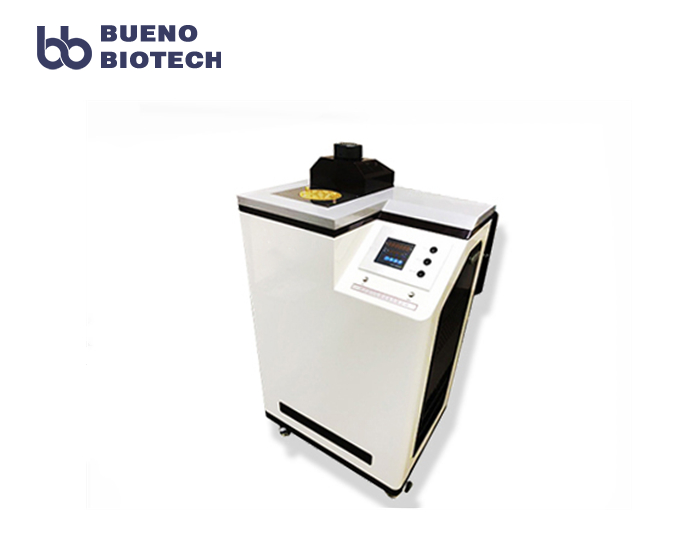With the development of economy, scientific research, national defense, manufacturing and various process industries have higher requirements for temperature measurement. In these industries, a large number of thermostatic calibration baths with good stability and high uniformity are needed. These widely used thermostatic baths must be checked regularly in order to ensure the normal and reliable operation .
At present, as for the performance test of the thermostatic bath, the specification mainly requires two aspects to be tested: stability and uniformity.

A. Stability tests
The stability test measures the temperature fluctuation of the thermostat at a certain temperature set point over a period of time, such as the fluctuation of the thermostat at 100℃ for ten minutes.
The specific test methods are as follows:
With the thermostat set at the lower (or upper) temperature, refer to the specification, insert a thermometer into the working area (the working area is usually 10 cm from the upper and lower liquid levels) at a depth of 1/2. The calibration bath will reach the set temperature for at least 10 minutes. Before starting the stability test, check that the temperature measured by the thermometer is within 0.2℃ of the set temperature. Then read at least 6 evenly spaced readings per minute (every 10 seconds) for 10 minutes (60 readings in total). The difference between the maximum and minimum temperatures measured within ten minutes is the stability of the calibration bath. In the 60 tests, the final measurement result is out of tolerance due to some unexpected factors, such as strong interference, misreading of the test instrument, etc. At this time, the measurement data should be analyzed or other more scientific data analysis methods should be adopted. Note in this article, there is a further introduction.
B. Uniformity test:
The uniformity test measures the maximum temperature difference between different locations of the thermostatic bahts. This is equivalent to a temperature field performance test for a thermostat.
The specific test methods are as follows:
Set the trough temperature at the lower limit and insert a thermometer as a fixed thermometer into the working area at 1/2 depth. Fixed in the reference position (usually in the center). Another thermometer is inserted as A mobile thermometer into the upper horizontal position A in the working area (see Figure 1). Start reading after reaching the set point temperature and stabilizing for 10 minutes. Before starting the uniformity test, check whether the temperature measured by the thermometer deviates from the set temperature within 0.2℃. The temperature of fixed and mobile thermometers at different locations (from A to H) is then measured, and the uniformity of the working area is calculated according to the formula to check for conformity.
Conclusion:
The verification of the thermostatic calibration bath is seemingly simple, but if the method is not correct, the scheme is not well chosen, either it may lead to a false judgment, or the verification efficiency is very low. BuenoBiotech provides a variety of schemes for the calibration thermo baths, which can meet the requirements of laboratory verification or on-site verification for users.
If you have any technical questions, please log in the BuenoBiotech website to leave a message or contact information. We will contact you for technical consultation at any time.
BuenoBiotech website: www.buenobiotech.com
Email: This email address is being protected from spambots. You need JavaScript enabled to view it.
